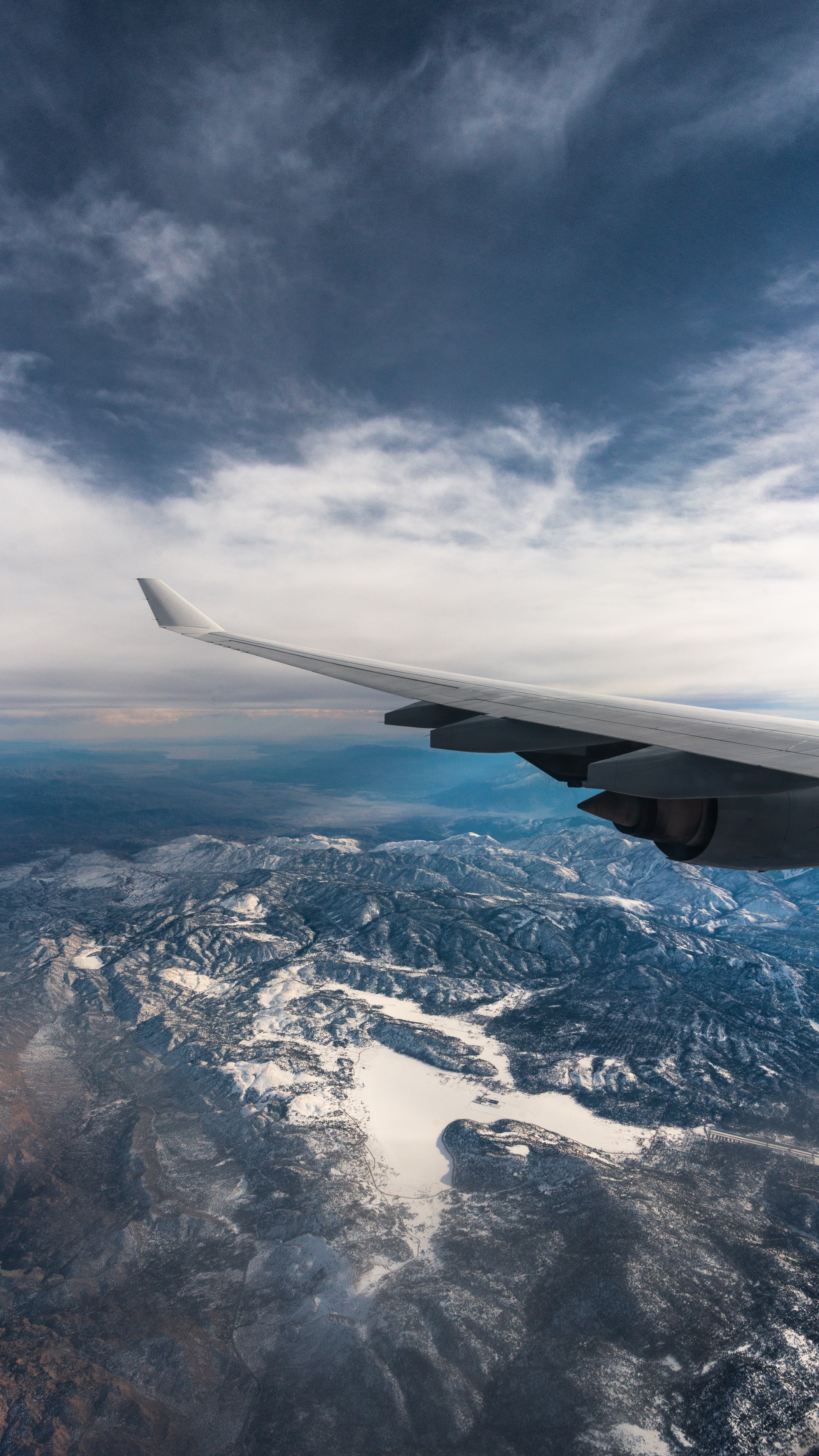Moving out of the country can be an exciting prospect, but also brings special challenges. While there’s lots to consider regarding language, culture, and legal requirements, let’s focus on the logistics of moving for now.
Shipping overseas
If your move involves crossing an ocean, you have a couple of options for shipping: containers, which will be loaded onto cargo ships, or air freight which, not surprisingly, will be transported by plane. The latter is faster, but considerably more expensive. Often, people send the bulk of their effects by sea, using air freight just for essentials that it’s hard to live without for long.
Here’s what one friend said about their experience:
“Moving to Germany we paid about $10k to ship all of our stuff over. It took four months to get to Germany, and a lot of stuff was missing. One of the movers let a cigarette go out on our dresser. The forwarding company based in the UK charged us 800 Euro to store our stuff for a month because we didn’t have a place yet, and then charged extra because we were on the sixth floor. So there were a lot of hidden costs.”
What to pack
Whichever shipping method(s) you choose, it’s always easier to move less than more.
- If you’re going to be living someplace temporarily, it’s worth considering putting the bulk of your belongings in storage.
- In most countries, housing options tend to be smaller, so if you’re used to a large home you’ll likely need to store some items anyway.
- Do your research to understand the climate of the place you’re moving to as well. When a friend moved to a tropical climate, she took along all her high-end furniture, only to find that it cost a fortune for the electricity needed to air condition the space to keep it all from molding. In retrospect, she wished she’d left those furnishings in storage and opted instead to live more in step with her environment.
A friend who went with the “less is more” approach had this to say:
“Moving to Australia, we sold everything we owned. I took my scuba regulators, fins, two motorcycle helmets and two pillows. Things we missed later were a great mid-size tote, and some tools I sold. Once we got there we lived in a couple temporary places before finding an apartment.”
On the other hand, you may be surprised at what you can take, if you are so inclined.
- For example, moving a boat is similar to shipping a car.
- For some items, like pianos, there are special things to take into consideration.
- Not surprisingly, large animals require special attention as well.
However, there are some things you must not try to pack, as they are hazardous to move. Some examples:
- Personal products like nail polish/remover, hairspray, and rubbing alcohol;
- Fuels, like kerosene, sterno, charcoal, and propane tanks;
- Cleaning supplies like bleach, ammonia, and other cleaning solvents;
- Household items like batteries, aerosol cans, fire extinguishers
And as always, it’s a good idea to pack valuables separately so that you can keep close track of them.
How to pack
- Don’t skimp on quality with boxes: they are not all created equal. Different boxes have different crush ratings, which are listed on the bottom of the box.
- Be prepared to order more boxes than you think you will need.
- Dishpack boxes are much stronger, and, as their name implies, are ideal for dishes and other heavy, fragile items.
- It’s more expensive to crate objects instead of using standard moving boxes, but for art and other unusually shaped things, they’re the only way to go.
Wherever you’re going, planning ahead is the first key to getting there with minimal stress. So, do your research, consider the options, and consult a professional organizer when needed. Bon voyage!
